FUE (Follicular Unit Extraction): How Does It Work?
Facial Plastic Surgery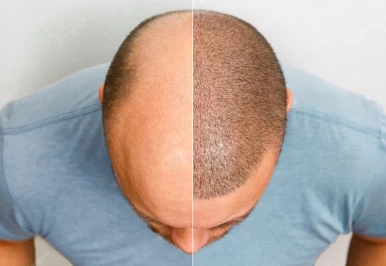
Various factors such as genetics, malnutrition, stress, and certain health conditions can result in baldness or thin hair. Today, various methods of hair transplant surgery have been developed, which eliminate baldness, enhance one's appearance, and improve self-confidence. Follicular unit extraction (FUE) is a popular hair restoration procedure with natural outcomes and a short recovery period. This article explores the vast world of FUE hair transplant surgery, delving into the hair transplant FUE recovery timeline, and answers some of your frequently asked questions.
What Is FUE Hair Transplant Surgery?
Follicular unit extraction, commonly known as FUE, is a type of hair transplant surgery that involves extracting individual hair follicles from the donor area and moving them to parts of the scalp that have little or no hair. The newly transplanted follicles are nourished by minerals in the blood and regrow in their new location.
FUE procedure is mainly used to reconstruct the frontal hairline, restore the crown, and lower a high hairline. This method has gained more popularity in recent years as its risk of infection, visible scarring, hair plugs, and excessive bleeding is almost negligible. It is also noteworthy that the success rate of this cosmetic procedure is more than 95%, and its results are life-long.
FUE Hair Transplant Procedure
The FUE hair transplant procedure is a meticulous and advanced technique designed to achieve natural-looking hair restoration with minimal downtime and scarring. Here is a detailed, step-by-step guide to what the procedure entails:
Preparation and Anesthesia
The procedure begins with a thorough consultation to discuss the patient's expectations and develop a customized plan. The scalp is thoroughly cleaned on the day of the surgery, and a local anesthetic, such as lidocaine, is administered to numb the scalp. This ensures that the patient experiences no pain during the extraction and transplantation processes. Sometimes, a mild sedative may be given to help the patient relax.
Donor Area Preparation
The surgeon shaves the entire scalp or just the donor area, usually at the back or sides of the head, to facilitate the extraction of hair follicles. Shaving gives the surgeon a clear view and access to the hair follicles. The donor area is then disinfected and prepared for extraction.
Follicle Extraction
The surgeon carefully extracts individual hair follicles from the donor area using a specialized micro punch instrument, typically ranging from 0.7 mm to 1.0 mm in diameter, and aided by focused LED light for better visibility. Each follicle unit, containing one to four hairs, is removed in a precise, minimally invasive manner to avoid damaging surrounding tissues. This step requires great skill and precision to maintain the integrity of the follicles.
Recipient Area Preparation
The surgeon designs the recipient area by outlining the intended hairline and areas of transplantation. Tiny incisions, approximately 1 mm long, are made in the recipient area using a fine needle or a surgical knife. The pattern and density of these incisions are planned meticulously to mimic natural hair growth patterns and achieve a seamless, natural look. This step is critical in determining the final aesthetic outcome of the transplant.
Follicle Transplantation
The harvested hair follicles are then carefully implanted into the prepared incisions in the recipient area. Each follicle is placed precisely to ensure the correct angle, depth, and direction, crucial for achieving natural-looking results. The surgeon takes great care to place the follicles in a way that blends seamlessly with the patient's hair.
Post-Transplant Care
Since FUE is a sutureless procedure, the tiny incisions made do not require stitches. After the transplantation, the recipient and donor areas are cleaned and disinfected with a sterile solution to prevent infection. The scalp is gently bandaged to protect the transplanted area and facilitate healing. Patients are given detailed post-operative care instructions, including instructions on how to care for their scalp, medications to reduce swelling and prevent infection, and guidelines on activities to avoid during the recovery period.
By following these detailed steps, the FUE hair transplant procedure ensures high precision and care, resulting in effective and aesthetically pleasing outcomes with minimal scarring and a relatively short recovery time.

How to Prepare for FUE Hair Transplant?
Pre-operative instruction for FUE hair transplant is similar to other hair restoration surgeries. In the following, some of the most important points about what to do before this cosmetic procedure are mentioned.
- Avoid smoking for at least three days before the operation, as it can delay the healing process and cause severe scarring;
- Do not drink alcoholic beverages, even light ones, from a week before the procedure as it may cause bleeding during and after the surgery;
- Refrain from taking OTC vitamins or dietary supplements, blood thinners, and anti-inflammatory medications such as ibuprofen, naproxen, and diclofenac from 15 days before the operation;
- Herbal medications, teas, and ointments should be avoided from two weeks before FUE;
- Avoid sun exposure. You should wear a hat or scarf when you go out;
- Massage your head 15-30 minutes a day for a few weeks to increase the blood flow in your scalp;
- If you take hair loss medications, inform your doctor. It is sometimes necessary to cut out or adjust them;
- Do not cut, shave, or dye your hair from a month before the surgery;
- Use paraben-free shampoos;
- Purchase necessary medications, bandages, a loose-fitting bucket hat, an extra surgical cap, and a suitable shampoo (like baby shampoo) and conditioner before the operation because you may not be able to leave the house for a few days.
What to Expect after Follicular Unit Extraction?
The first week after the FUE hair transplant is the hardest, as the scalp is painful, itchy, and swollen. You must book an appointment the day after the operation so your surgeon can remove the bandages and check your transplanted grafts. Most patients feel fine within three days and can get back to work. If you have severe pain, bruising, and numbness, take a few more days off and rest at home.
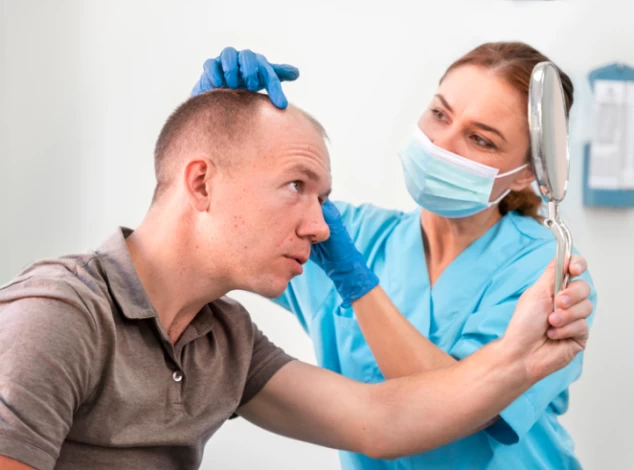
FUE Recovery Timeline
The recovery period of follicular unit extraction takes two to three weeks, but its results take more time to reveal. This section discusses different stages of FUE recovery and provides useful tips on recovering faster.
The first week after the surgery
During the first week after FUE, your scalp is tender, bruised, itchy, painful, swollen, and red, but by the end of the week, most of these discomforts are gone, and you feel fine again. For the first 48 hours after the hair transplant, your scalp should remain dry as the new follicles are fragile and sensitive to infection. You can gently wash your head with lukewarm water and an unscented shampoo two days after the surgery. Scrubbing the scalp and hitting the new grafts (with fingers or water) ruins the follicles and causes them to fall.
It should also be noted that any activity that raises your blood pressure or makes you sweat should be avoided during the first week. Avoid vigorous activities, drinking, and smoking until your doctor allows you. Also, you should be aware of the signs of infection, such as fever, green puss coming out of the incisions, and unmanageable pain during the first week. Take your prescribed antibiotics as instructed.
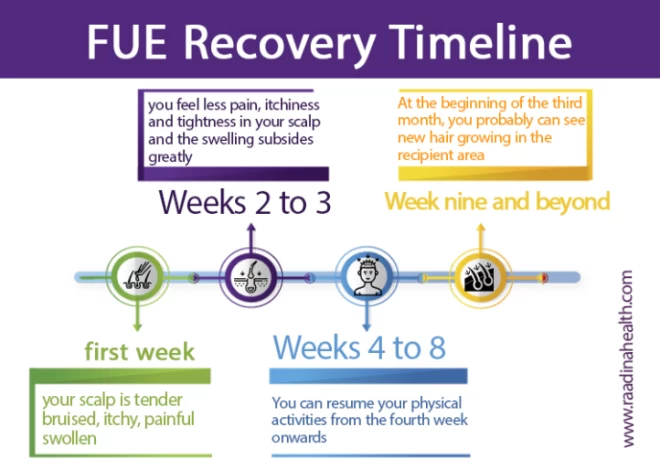
Weeks two to three after the surgery
In the next two weeks, you feel less pain, itchiness, and tightness in your scalp, and the swelling subsides greatly. Therefore, you can get back to work and your daily routine. Remember that the new grafts are vulnerable, so avoid sun exposure, dusty places, and hurting the follicles. You can shower normally from the beginning of the second week, but you still need to use baby shampoo. Most newly transplanted hair will fall off during this period, but there is nothing to worry about because the follicles are still under the skin and will regrow a few weeks later.
Weeks four to eight after the surgery
The new grafts are still resting in this period, and you will look the same as before the FUE transplant. By the end of the 8th week, small white spots will emerge on your scalp, which shows that the new hair is growing. You can resume your physical activities from the fourth week onwards, but avoiding swimming for the next two months is suggested, as the chlorine added to the water can harm the follicles.
Week nine and beyond
At the beginning of the third month, you probably can see new hair growing in the recipient area. Sometimes, it takes four months for the new grafts to regrow, so if you haven't seen new hair after three months, don't lose hope. The new hair is delicate, thin, and less compact, but the hair gets denser, longer, and thicker as time passes. Meanwhile, trimming, combing, brushing, curling, and weaving of new grafts should be done with lots of caution as the grafts are very vulnerable. Moreover, it's better not to wear hats and pullover clothes for four months as they may harm the new hair.
FUE Hair Transplant Results
The natural and realistic results of the FUE technique have made it one of the world's most popular hair restoration techniques. If this operation is done by the hands of an experienced and artistic surgeon, its outcomes are remarkable and life-long. Usually, the surgeons map the hair growth before the operation to know where to place each follicle. By doing so, the hairline is naturally restored, the angle of grafts is right, and the new hair feels and looks more normal. Although the outcome of FUE is visible 8 to 10 months after the procedure, the final results are revealed within 12 to 18 months.
Do not miss this article if you want to know more about hair transplant results and their success rates.
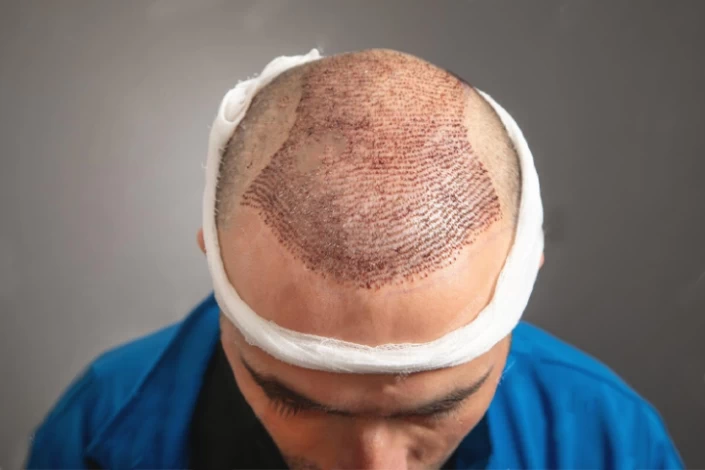
Advantages of FUE Hair Transplant Surgery
FUE has various advantages that demarcate it from other hair transplantation techniques. Read on to learn some of the most prominent advantages of this method.
- Its results are natural;
- It leaves no noticeable scar on the scalp;
- Scabbing after this procedure is minimal;
- Its risk of infection and permanent numbness is low;
- General anesthesia is not required;
- Its recovery period lasts two to three weeks and involves less pain and swelling than other methods;
- One can resume their daily activities a week after the surgery;
- It involves no sutures;
- It is a practical technique for people who have low-density donors;
- The hairline can be reconstructed in this operation;
- The grafts can be provided from facial and body hairs;
- The distortion of hair growth angles is minimal; and
- It is a cost-flexible procedure.
FUE Risks and Side Effects
Common side effects of FUE include:
- Mild to moderate pain;
- Swelling;
- Itching;
- Redness;
- Scabbing;
- Minor bleeding;
- Shock hair loss;
- Bruising;
- Numbness of scalp; and
- Folliculitis.
Rare risks and complications of FUE also include:
- Infection;
- Formation of hard crust on the scalp;
- Severe bleeding;
- Permanent numbness;
- Balding or thinning of hair after the procedure; and
- The unusual look of the hair pattern.
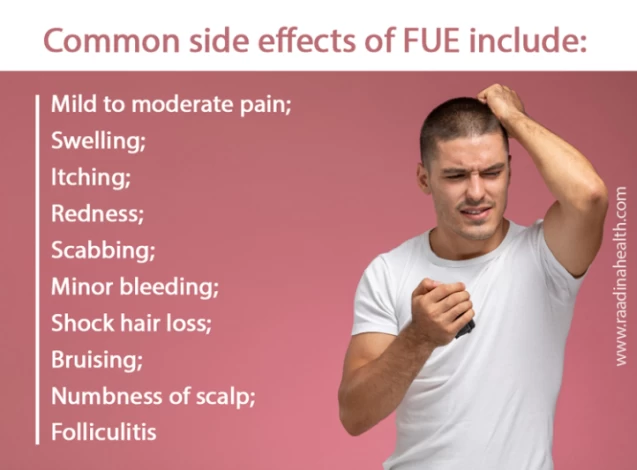
FUE Failure: Causes and Symptoms
The failure rate of FUE hair transplant surgery is less than 10%, and it may be caused by various factors such as stress, unhealthy lifestyle, poor post-operative care, smoking, taking certain medications that interfere with the procedure, lack of surgeon's experience and expertise, and poor nutrition. The first and most important signs of FUE failure are the abnormal distribution of grafts, low density of hair in the recipient area, unnatural hairline, and developing keloids or visible scars in the donor area.
What Is the Difference between FUE and FUT?
FUE is an updated and less invasive version of FUT. In follicular unit transplantation (FUT), the surgeon removes a thin, long strip of skin from the donor area and then harvests the hair follicles using a powerful magnifier and surgical tools. In FUE, however, tiny cuts remove the follicles directly from the donor area.
FUT involves large cuts and incisions on the scalp, so the surgeon has to stitch the skin before wrapping it with a bandage. However, in FUE, small incisions are made by punctual tools, and there is no need for suturing the donor and recipient areas. Remember that sutures increase the risk of infection and scarring and prolong the healing process.

What Is FUE Mega Session?
In the FUE mega session, the surgeon removes and transplants more than 2,500 grafts in a single session. Usually, this method takes 10 to 12 hours and is used for patients with a very good donor area, foreign patients who need to get the treatment in one day, and those who need faster results. However, this operation is more expensive than normal FUE and requires the mastery of one or more surgeons and a qualified surgical team.
FUE Hair Transplant in Iran
FUE and FUT are popular and common hair restoration techniques in Iran; therefore, Iranian plastic surgeons and dermatologists are quite experienced and competent in this field. In addition to having a great many licensed medical doctors, Iran has hundreds of hair clinics where modern facilities and equipment are used to help you overcome your hair loss problem. Just as importantly, the cost of FUE in Iran ranges between $500 to $2,000, incomparable to its price in Western countries, so Iran is considered one of the cheapest countries for hair transplants.
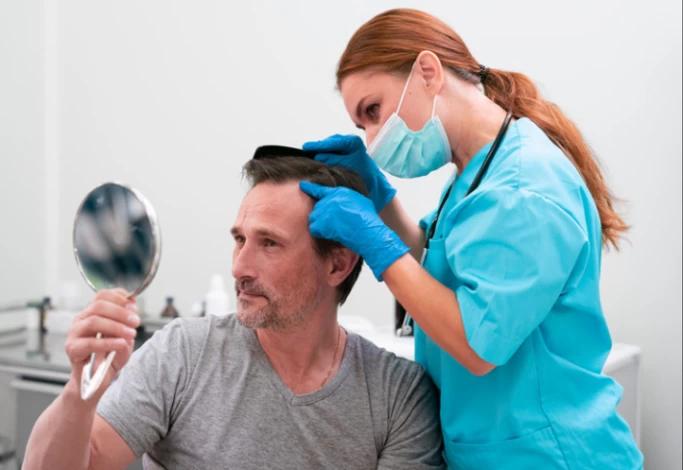
FAQs About FUE Hair Transplant
1) Is an FUE hair transplant painful?
During the FUE procedure, you are awake, but as anesthetics numbs your scalp, you don't feel any pain. However, when the sedatives are out of your system, you probably feel moderate pain and discomfort for a week or two.
2) How long does FUE Take?
Usually, this outpatient operation is done at a clinic or doctor's office and takes multiple two to four-hour sessions. Sometimes, the surgeon performs the surgery in one mega session', which takes 10 to 12 hours.
3) Is FUE hair transplant safe?
Generally, FUE is one of the safest techniques for hair transplantation. If this operation is done by a qualified surgeon, its risk and side effects would be insignificant.
4) How long does the pain last after an FUE hair transplant?
The level and duration of FUE pain depend on how you manage it and how well your body responds to the operation. Most of your pain will be resolved within a week, and after 14 days, you will feel no soreness on your scalp.
5) Is FUE good for me?
FUE may not be a good technique for those who don't have enough donor hair. The best way to know if this method is right for you is by scheduling a consultation session with a specialist.
6) Where are the grafts taken from in FUE?
The surgeons usually remove grafts from the back and side of the head, but facial and body hair are also used in operation in some rare cases.


 WhatsApp
WhatsApp
 Telegram
Telegram
 Facebook
Facebook
 Email
Email
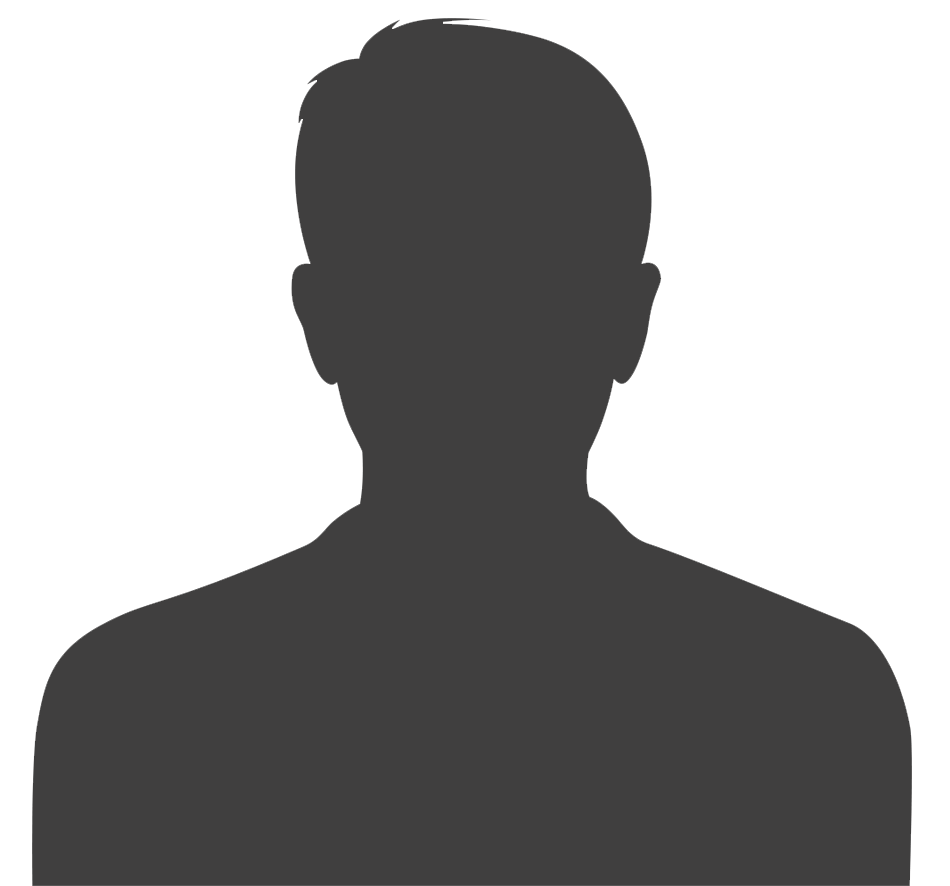

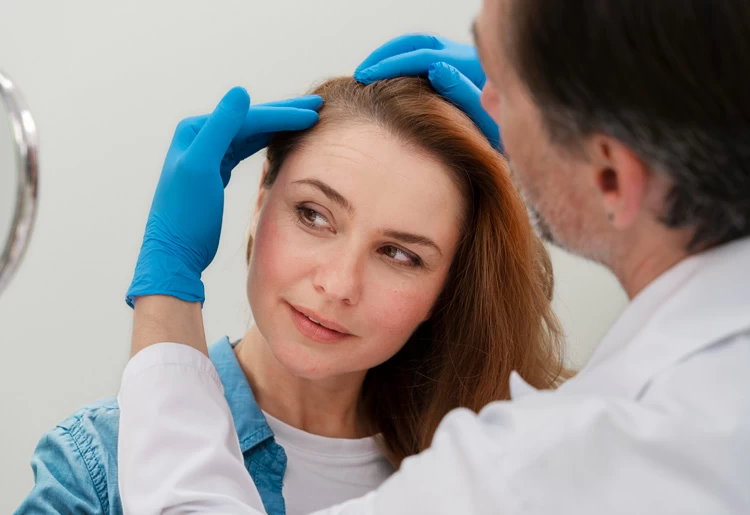


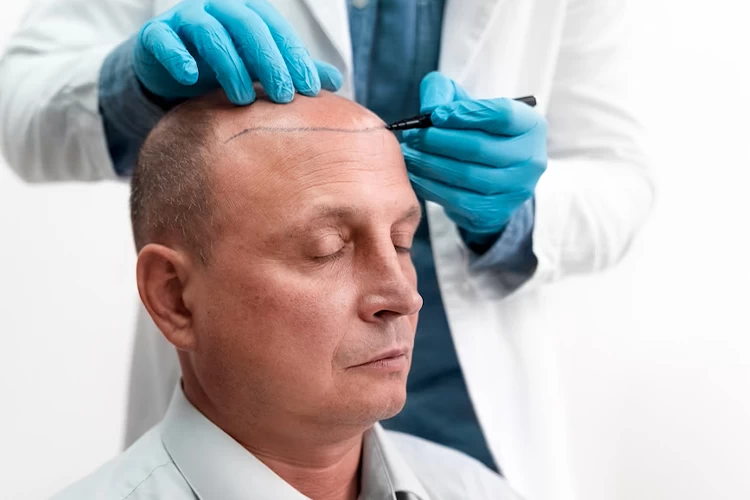

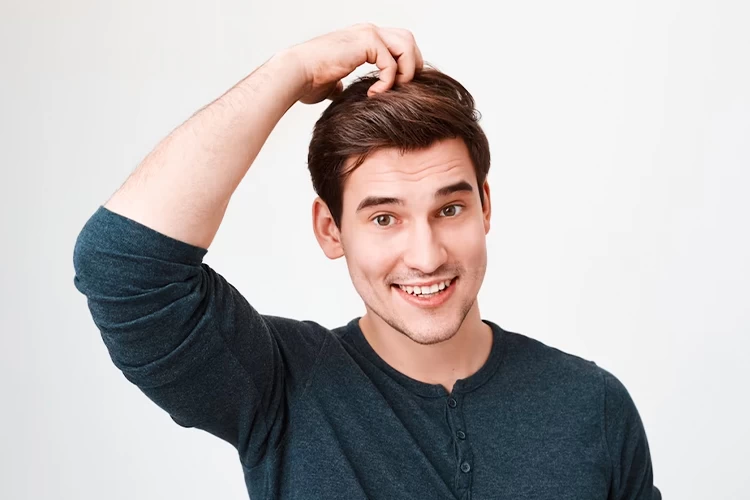

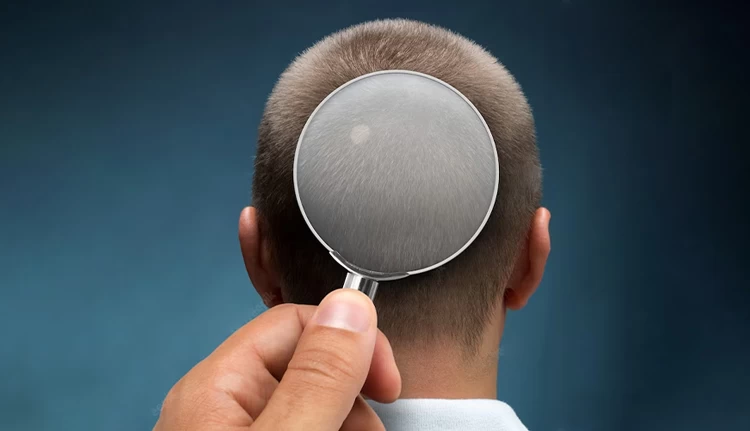

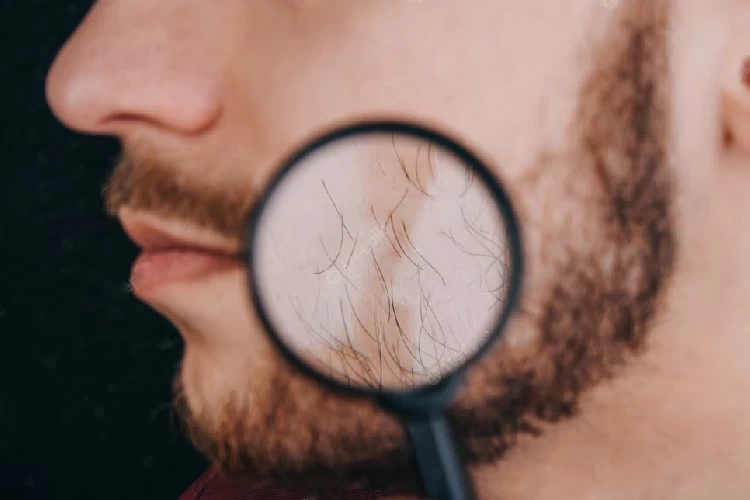
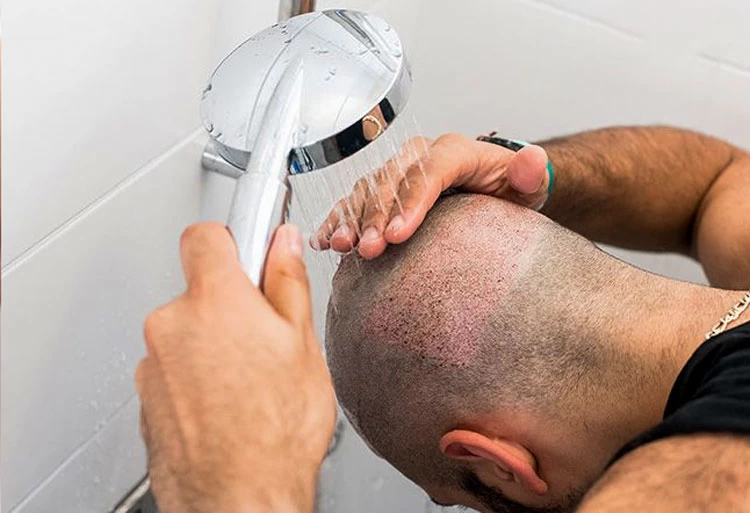
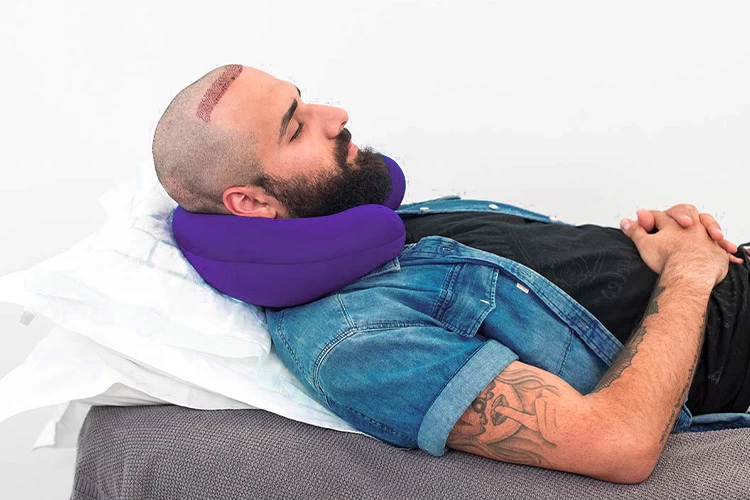
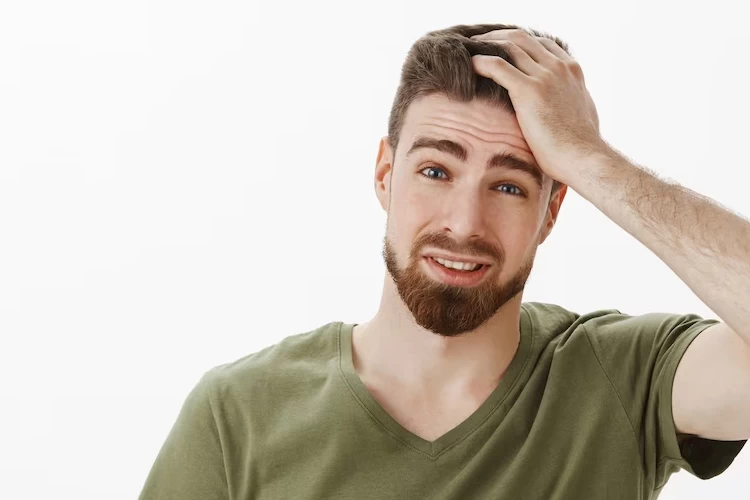
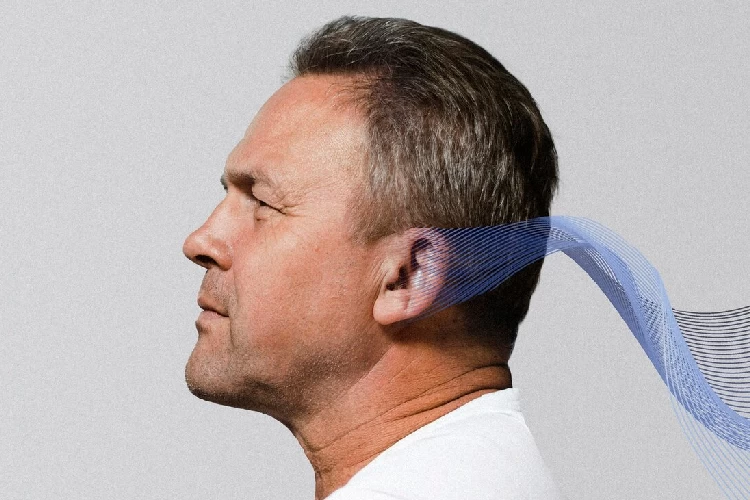
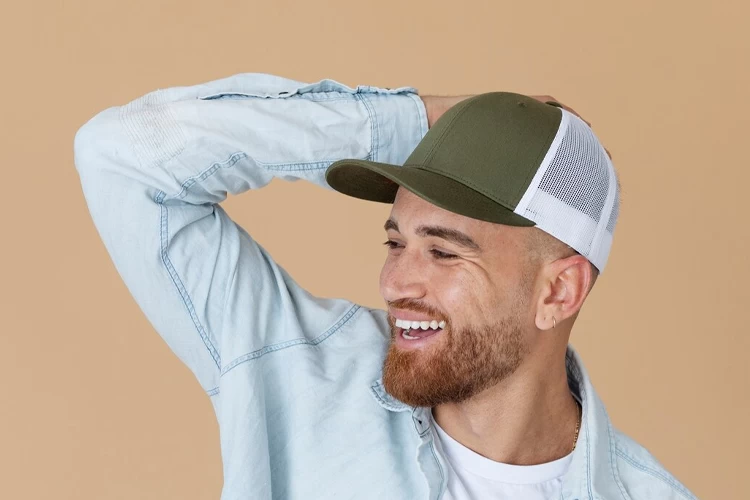
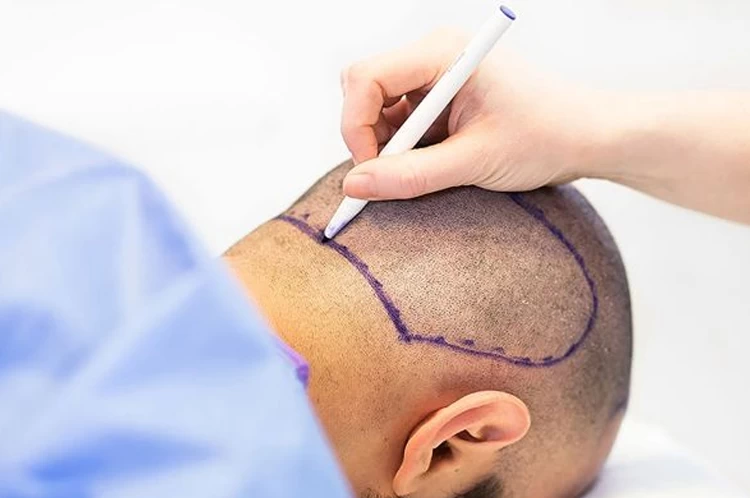

No reviews
Your comment